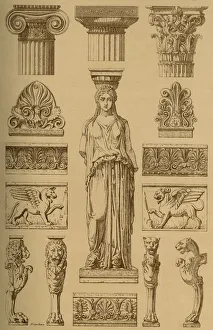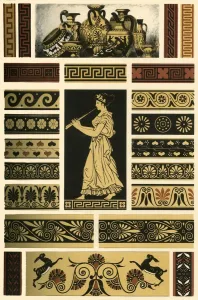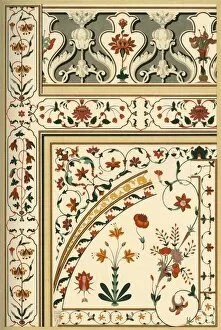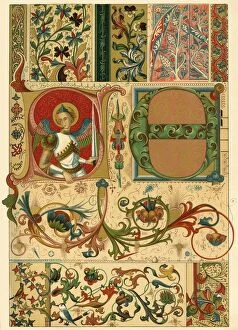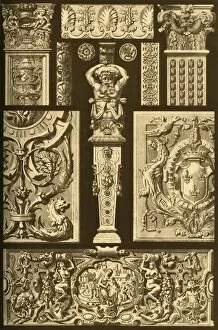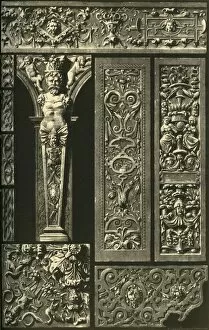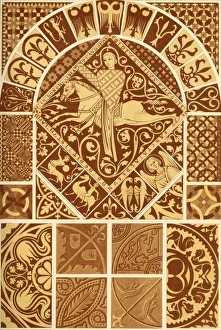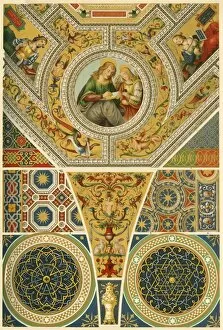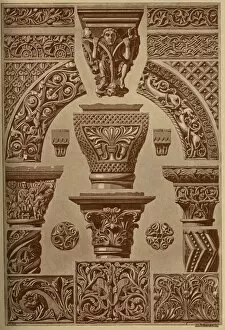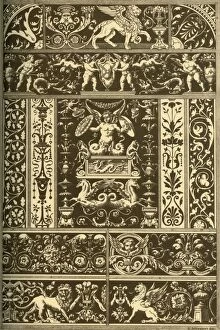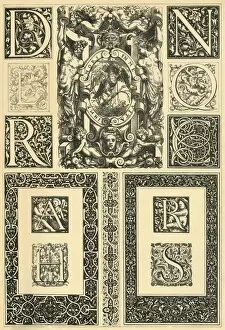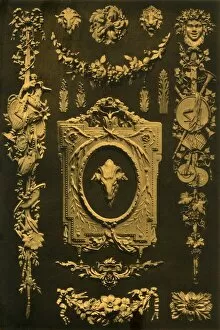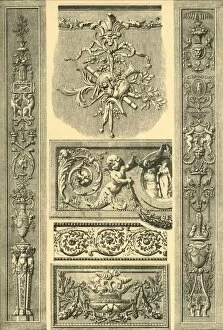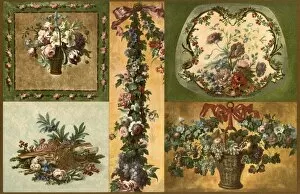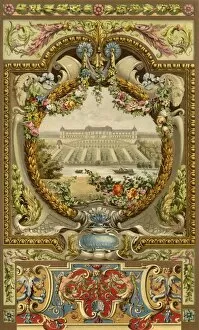Historic Styles Of Ornament Collection
Step back in time and immerse yourself in the rich history of ornamentation
All Professionally Made to Order for Quick Shipping
Step back in time and immerse yourself in the rich history of ornamentation. From the intricate German Renaissance ceiling and wall paintings to the mesmerizing wood mosaics and embroideries, each piece tells a unique story. The unknown creators of these masterpieces have left their mark on art history. Travel even further back to ancient Greece, where ornamental architecture and sculpture flourished. Marvel at the delicate details adorning Greek pottery, showcasing their exceptional craftsmanship. These artifacts provide a glimpse into a civilization that valued beauty as much as functionality. Venturing into medieval times, explore the world of enamel and illuminated manuscripts. Each stroke of color brings life to these precious works, transporting us to an era filled with grandeur and devotion. The Byzantine period unveils its secrets through exquisite weavings and embroideries. Delicate threads intertwine to create breathtaking patterns that reflect both religious symbolism and artistic finesse. Journey eastward to India, where marble inlay takes center stage. Witness the mastery behind this technique as stones are meticulously placed together like puzzle pieces, forming captivating designs that adorn palaces and temples. Ancient Egypt's legacy lives on through its distinctive decorations. Hieroglyphs etched onto walls tell tales of pharaohs' reigns while intricate carvings pay homage to gods worshipped by this enigmatic civilization. Discover Assyrian decoration's grandeur with its majestic reliefs depicting scenes from battles or daily life—each detail carved with precision, capturing moments frozen in time for eternity. Chinese painting invites you into a world where brushstrokes dance across silk scrolls, conveying stories steeped in tradition and philosophy—a testament to China's profound artistic heritage. Silk-weaving from 18th-19th century Germany showcases meticulous craftsmanship passed down through generations—an art form blending creativity with technical expertise resulting in luxurious fabrics fit for royalty. Metal ornaments from 19th-century Germany demonstrate how skilled artisans transformed cold metal into intricate designs, adding a touch of elegance to everyday objects.


